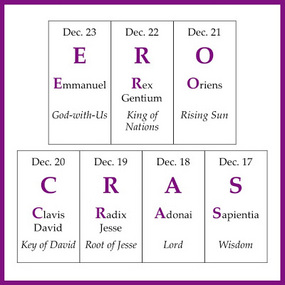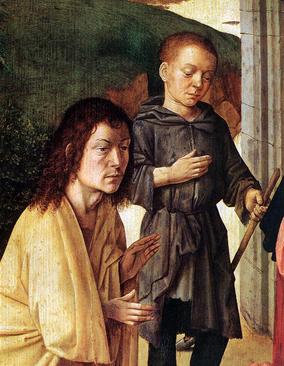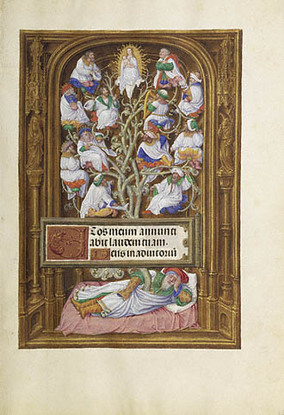 The tradition of the “O Antiphons” is now upon us. We will hear them beginning tonight at Vespers.
The tradition of the “O Antiphons” is now upon us. We will hear them beginning tonight at Vespers.
night, a biblical verse from the Advent Prophets Isaiah and Micah (that is, an “antiphon”)
that is known to be prophetic of the birth of Jesus; each notes a title of the
Messiah. Each offers us a key to understand the gift of the Messiah promised through the use of typology.
Seven different antiphons are traditionally sung prior to and following the
Magnificat during Vespers as part of the Divine Office (the Liturgy of the
Hours). The eighth day of the octave is Christmas Eve, so Vespers for that
evening is the Christmas Vigil. Each antiphon begins with the word, “O” in the
incipit. Hence, “O Antiphons.”
Most of us are familiar with the Advent hymn, “O Come, O Come,
Emmanuel,” the content of which the O Antiphons form the structure Vespers at
this time of the liturgical year.
says and since in our theology we derive our belief from the manner in which we
pray, the O Antiphons give ample food for what we belief the Messiah to be, who
he is. Secularism gives the world an emasculated Santa Claus but the Church
gives us a Messiah. He is known through his titles, that is, his activities. In
the final stretch before Christmas use this time to pray with the O Antiphons:
they provide a beautiful framework for reflection before the Nativity.






